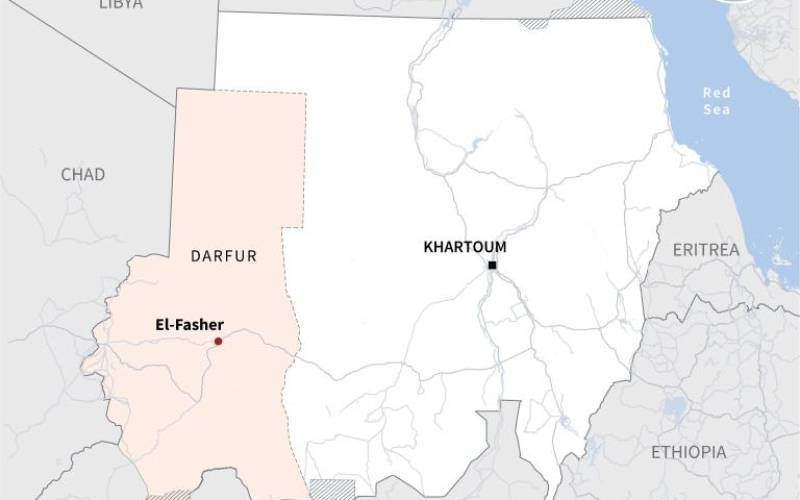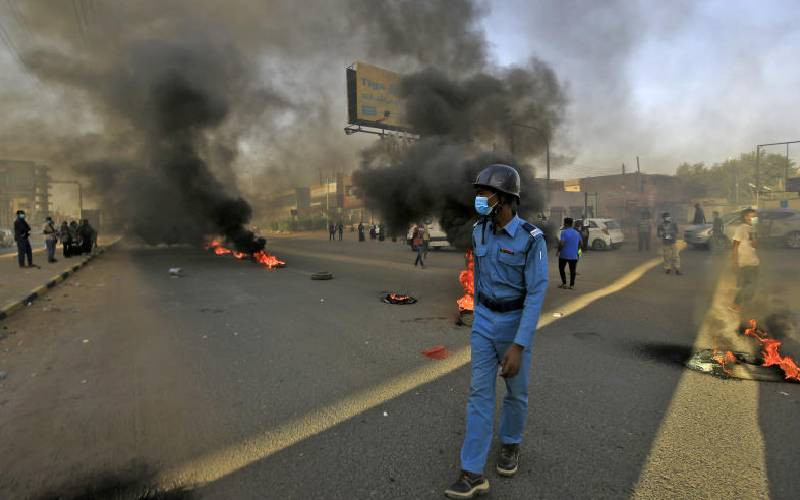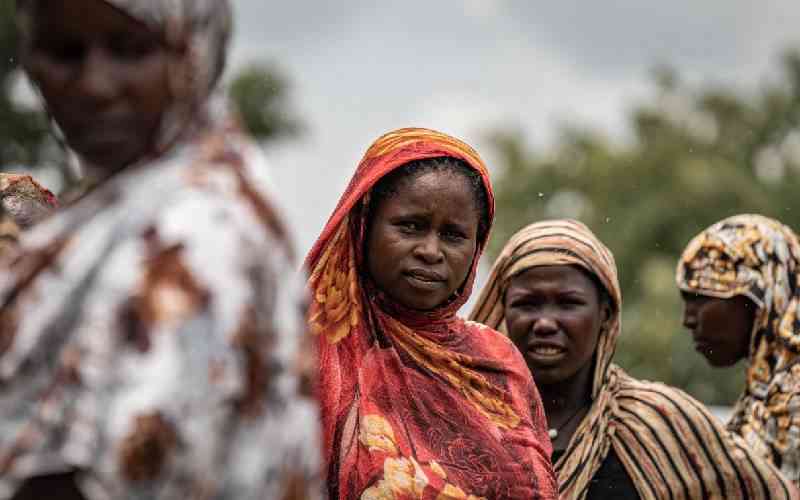 |
|
Food insecurity has been made worse by conflict in the region, OCHA says |
Africa Sahel belt region: The Office for the Coordination of Humanitarian Affairs says conflicts in these countries and elsewhere meant the situation for many was still desperate.
The belt is a semi-arid area stretching from the Atlantic east to the Red Sea.
Donors gave just over 60% of the $1.7bn the UN appealed for Sahel in 2013.
Countries in the Sahel region - south of the Sahara desert - facing food crises include Mauritania, The Gambia, Mali, Niger, Nigeria, Burkina Faso, Senegal and Cameroon, the UN said.
"The situation for countless communities across the region... is still desperate," the OCHA factsheet says.
It outlines five key points about "one of the world's poorest and most vulnerable regions".
-
The number of people who do not know where their next meal will come from has almost doubled in the past year
-
Food and nutrition are at the heart of the crisis, but there are many other factors at play
-
A new approach is needed to break this cycle of hunger and vulnerability
-
Humanitarian groups are collaborating with governments and development agencies
-
Aid groups are confident they can make a huge difference
UN Regional Humanitarian coordinator for the Sahel Robert Piper told the Reuters news agency that the region now faces "make or break time".
"It's the year we see if we can translate theory into practice and start bringing aid workers together to work with national governments and reverse these trends that have been deteriorating year However Mr Piper warned that funding may fall short because of a slow global economic recovery and the UN's $6.5bn appeal for Syria, the largest humanitarian campaign in its history.
He said that five million children under five years old are classified as acutely malnourished in the Sahel belt.
The doubling of food insecurity figures to 20 million in the belt is highlighted by the OCHA. It is measured according to the level of hunger within a population due to conflict or climate.
An estimated 2.5 million people out of those affected need urgent humanitarian assistance just to survive, the OCHA factsheet says.
"In south-east Niger, for example, a convergence of floods, droughts and conflict in neighboring Nigeria means that people near the town of Diffa cannot grow enough food to get by."
While the Sahel belt often sees floods, droughts, locust infestations and epidemics, it has also been hit more recently by conflicts in several countries including Nigeria, South Sudan and Central African Republic.
"Across the Sahel, more than 1.2 million people have had to flee violence and insecurity, with most of them crossing into neighboring countries as refugees where they place further strain on already limited resources," the factsheet says.
"People are highly vulnerable to disease and epidemics, and because health infrastructure is so limited, many people die of illnesses that they should survive."
Stay informed. Subscribe to our newsletter
After year," he said.
-BBC
 The Standard Group Plc is a
multi-media organization with investments in media platforms spanning newspaper
print operations, television, radio broadcasting, digital and online services. The
Standard Group is recognized as a leading multi-media house in Kenya with a key
influence in matters of national and international interest.
The Standard Group Plc is a
multi-media organization with investments in media platforms spanning newspaper
print operations, television, radio broadcasting, digital and online services. The
Standard Group is recognized as a leading multi-media house in Kenya with a key
influence in matters of national and international interest.
 The Standard Group Plc is a
multi-media organization with investments in media platforms spanning newspaper
print operations, television, radio broadcasting, digital and online services. The
Standard Group is recognized as a leading multi-media house in Kenya with a key
influence in matters of national and international interest.
The Standard Group Plc is a
multi-media organization with investments in media platforms spanning newspaper
print operations, television, radio broadcasting, digital and online services. The
Standard Group is recognized as a leading multi-media house in Kenya with a key
influence in matters of national and international interest.









